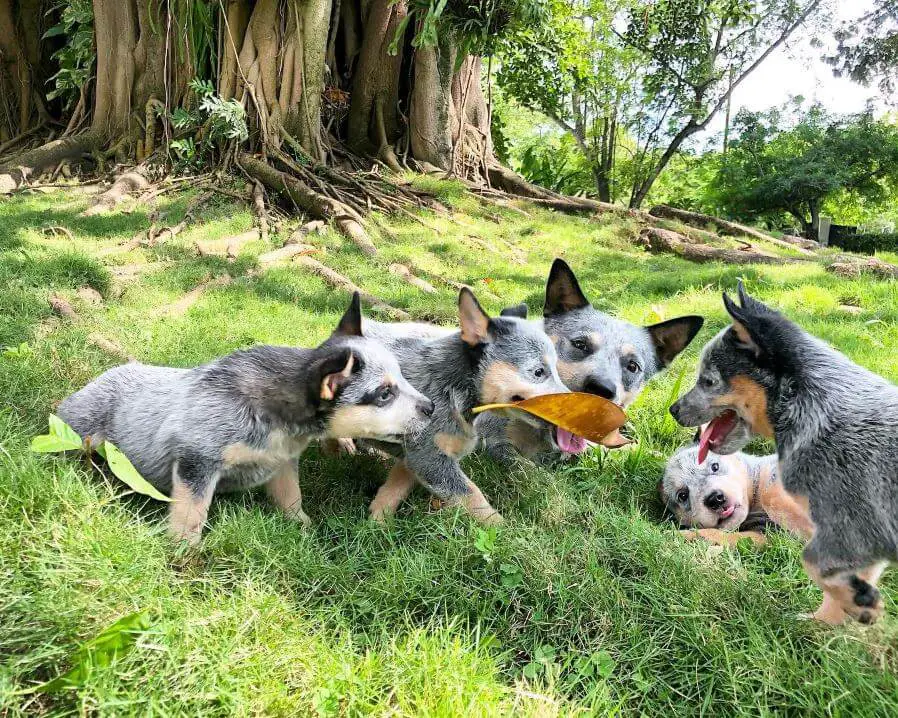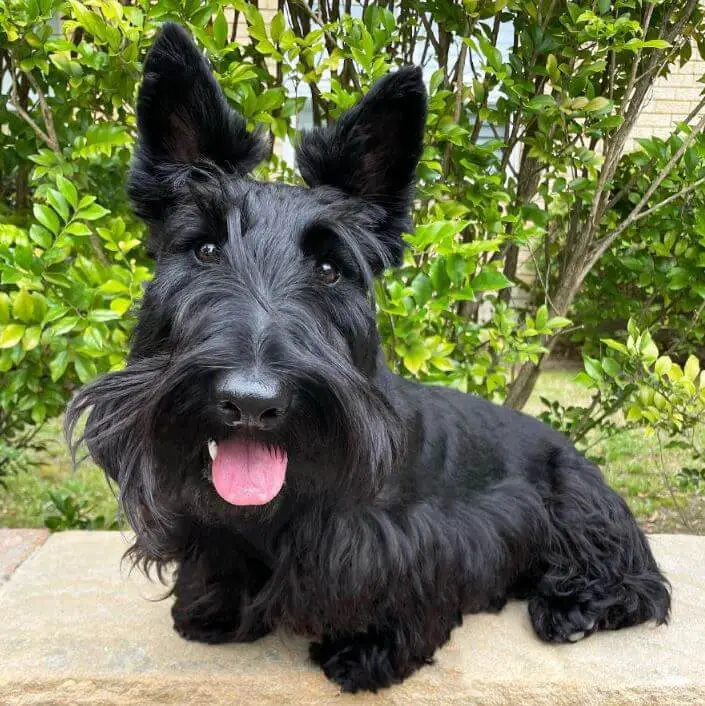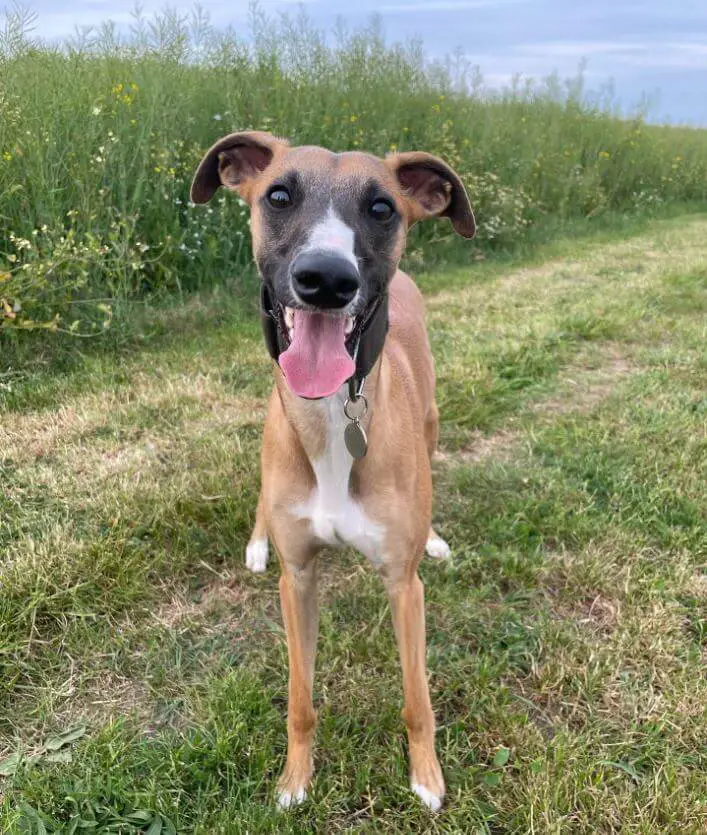As responsible dog owners, it’s crucial to be aware of the potential dangers lurking in our surroundings, including toxic plants. Many common plants found in gardens, parks, or even in our homes can be poisonous to dogs if ingested. In this article, we will provide you with a comprehensive guide to help you identify and avoid poisonous plants, ensuring the safety and well-being of your beloved canine companion.

Common Poisonous Plants for Dogs:
- Sago Palm: All parts of the sago palm, including the seeds and leaves, are highly toxic to dogs and can cause severe liver damage or even death if ingested.
- Azalea/Rhododendron: These popular flowering plants contain toxins that can affect a dog’s cardiovascular system, leading to symptoms such as weakness, vomiting, and abnormal heart rate.
- Lily: Various species of lilies, including Easter lilies and tiger lilies, are extremely toxic to dogs, particularly to their kidneys. Ingestion can lead to kidney failure if not treated promptly.
- Oleander: This beautiful flowering shrub contains toxins that affect the heart, causing symptoms like irregular heart rate, vomiting, and even death if ingested in large quantities.
- Dieffenbachia: Commonly known as dumb cane, this houseplant contains insoluble calcium oxalate crystals that can cause oral irritation, excessive drooling, and difficulty swallowing if chewed on by dogs.

Identifying Poisonous Plants:
Familiarize yourself with the appearance of toxic plants commonly found in your area. Learn to identify their leaves, flowers, berries, or other distinctive features. Use reputable plant identification resources, online guides, or consult with local gardening experts to ensure accurate identification.
Preventing Access to Poisonous Plants:
- Indoor Safety: Keep toxic houseplants out of your dog’s reach or opt for pet-safe alternatives. Consider placing plants on elevated surfaces or using hanging baskets to prevent curious dogs from nibbling on them.
- Outdoor Safety: Create barriers or use fencing to prevent your dog’s access to areas where poisonous plants grow. Regularly inspect your yard for any potentially toxic plants and promptly remove them.
- Training and Supervision: Train your dog to avoid chewing or eating plants by using positive reinforcement techniques. Supervise them while outdoors, especially in unfamiliar areas or when visiting gardens or parks.

Recognizing Symptoms of Plant Poisoning:
If you suspect your dog has ingested a poisonous plant, watch for common symptoms such as vomiting, diarrhea, drooling, abdominal pain, difficulty breathing, weakness, or changes in behavior. In case of any doubt or concerning symptoms, contact your veterinarian immediately or call a pet poison helpline for guidance.
Creating a Dog-Friendly Environment:
- Offer Safe Alternatives: Provide your dog with safe chew toys and treats to redirect their chewing behavior and keep them engaged.
- Consult with Professionals: Seek advice from a veterinarian or professional horticulturist when selecting plants for your garden or indoor spaces to ensure they are non-toxic to dogs.
- Pet-Proof Indoor Spaces: Keep indoor plants in secure areas where dogs cannot access them. Opt for non-toxic plants or consult resources that provide lists of pet-friendly plants.

Protecting your dog from poisonous plants is an essential aspect of responsible pet ownership. By familiarizing yourself with common toxic plants, preventing access to them, and promptly seeking veterinary care if ingestion occurs, you can safeguard your furry friend’s well-being. Remember, prevention is key, so create a dog-friendly environment both indoors and outdoors by selecting non-toxic plants and providing safe alternatives. You can help ensure your four-legged companion stays safe and healthy.
